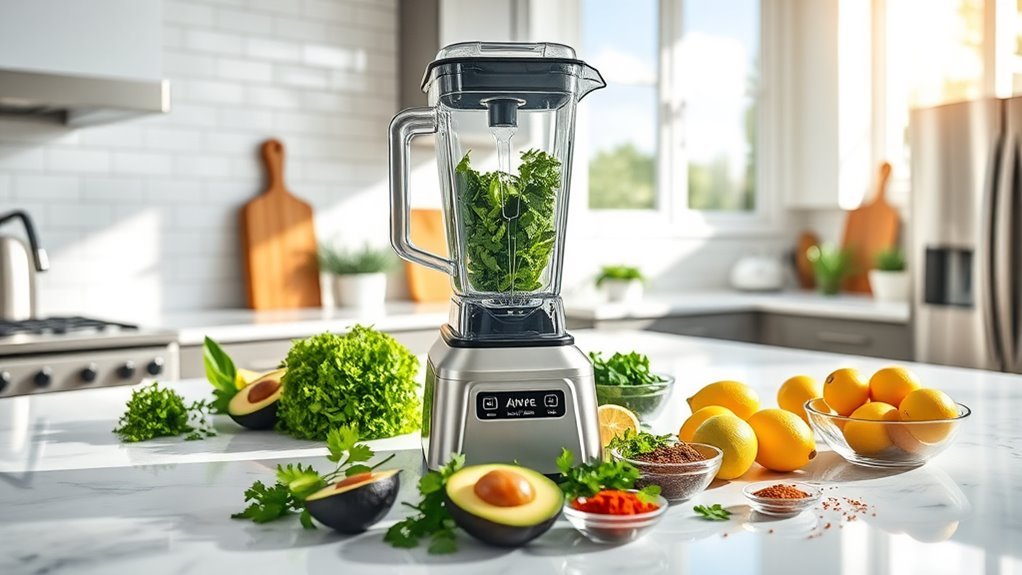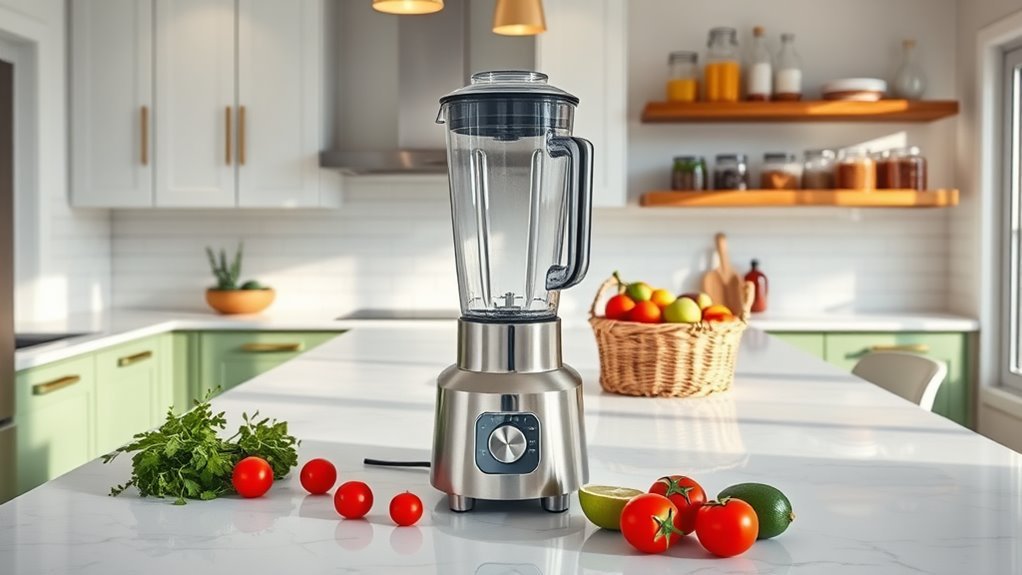Most people starting Whole30 discover their biggest challenge isn’t giving up bread or sugar—it’s finding flavorful condiments that actually taste good. Store-bought options are loaded with hidden ingredients that derail the program, while homemade versions often fall flat. Perhaps the secret lies in understanding which flavors work together naturally. The right combination of herbs, acids, and healthy fats can transform bland compliant meals into something worth anticipating, though mastering these basics requires a different approach than expected.
Essential Homemade Condiments for Your Whole30 Journey

When starting a Whole30 journey, perhaps the biggest shock comes from reading ingredient labels on store-bought condiments.
The moment you flip that bottle and see sugar listed third in your favorite mustard changes everything about grocery shopping.
Sugar lurks everywhere—even in supposedly healthy options. This realization pushes many participants toward homemade alternatives, which honestly feels overwhelming at first.
The essentials include a reliable mayo recipe, since store versions often contain problematic ingredients.
Spicy No-Sugar Ketchup becomes surprisingly addictive once you adjust to the flavor profile. I think most people underestimate how much horseradish sauce can transform bland proteins.
Fresh herb-based options like chimichurri offer versatility, though they require more frequent preparation than shelf-stable varieties.
Fresh and Flavorful Salad Dressings
Salad dressings present their own unique challenge during Whole30, mostly because commercial versions rely heavily on vegetable oils and hidden sugars to achieve that creamy, balanced taste people expect.
| Base | Acid Component | Flavor Boost |
|---|---|---|
| Avocado | Fresh lime juice | Grated ginger |
| Olive oil | Apple cider vinegar | Minced garlic |
| Tahini | Lemon juice | Fresh herbs |
Perhaps the most surprising discovery is how simple combinations work. The Ginger Citrus Avocado Dressing transforms ordinary greens into something restaurant-worthy. I think many people overthink dressings, but really – good oil, acid, and one bold flavor element creates magic. Fresh herbs make everything taste more alive.
Vibrant Salsas and Dips to Transform Any Meal

Moving beyond traditional condiments, salsas offer perhaps the most versatile way to brighten Whole30 meals, though many people underestimate their potential beyond the standard tomato-onion combination.
The Easy Salsa Recipe provides that reliable foundation most cooks need, but it’s really the variations that make things interesting. Mango Salsa with Avocado, Cilantro, and Lime transforms ordinary proteins into something that feels almost restaurant-quality. The tropical sweetness cuts through richer foods surprisingly well.
Tropical sweetness cuts through rich foods surprisingly well, transforming ordinary proteins into restaurant-quality meals with simple ingredient combinations.
What’s appealing about homemade salsas is their forgiving nature—measurements don’t need to be precise, and ingredients can shift based on what’s available.
Fresh herbs make a noticeable difference, though the combinations feel endless once you start experimenting.
Herb-Packed Sauces and Flavor Enhancers
Fresh herbs represent perhaps the most underutilized category of Whole30 flavor enhancers, though their impact on otherwise plain proteins can be dramatic.
Take chimichurri, for instance—that vibrant blend of cilantro and parsley transforms grilled chicken into something memorable.
Moroccan chermoulah offers another direction entirely, with its bold herb combination creating complexity that I think rivals any store-bought sauce.
These preparations feel almost effortless once you get the hang of them.
Perhaps the real appeal lies in their versatility; both sauces work equally well drizzled over vegetables or mixed into salads for unexpected depth.
Frequently Asked Questions
How Long Do Homemade Whole30 Condiments Stay Fresh in the Refrigerator?
Homemade Whole30 condiments typically remain fresh for one to two weeks when stored properly in refrigerated, airtight containers. Oil-based sauces like mayo last shorter periods than vinegar-based dressings and salsas.
Can I Freeze Whole30 Condiments and Sauces for Later Use?
Like preserving summer’s bounty in winter’s embrace, most Whole30 condiments and sauces can be frozen for later use. However, mayo-based condiments may separate upon thawing, while herb sauces and salsas freeze well.
What Kitchen Equipment Is Essential for Making Homemade Whole30 Condiments?
Essential equipment includes a food processor for pestos and salsas, immersion blender for mayonnaise, high-speed blender for smooth dressings, sharp knives for chopping herbs, and glass storage containers for refrigerating finished condiments.
Are Store-Bought Versions of These Condiments Available That Are Whole30 Compliant?
While finding truly compliant options proves challenging, some store-bought Whole30 condiments do exist. However, the knowledge indicates links for purchasing approved versions online, though shipping limitations may restrict availability in certain areas.
Can I Continue Using These Condiments After Completing My Whole30 Program?
Yes, individuals can continue using these homemade condiments after completing Whole30. The knowledge specifically mentions that Whole30 condiments can be enjoyed post-diet, supporting long-term healthy eating habits beyond the initial thirty-day program.
Conclusion
Creating these homemade condiments might seem intimidating at first, but the payoff is worth it. Perhaps the most surprising benefit is how much control you gain over ingredients—studies show store-bought condiments contain an average of 12 added preservatives and sweeteners. I think once people taste fresh chimichurri or homemade mayo, they rarely go back to processed versions. These simple sauces prove that Whole30 compliance doesn’t mean sacrificing flavor or excitement in meals.

